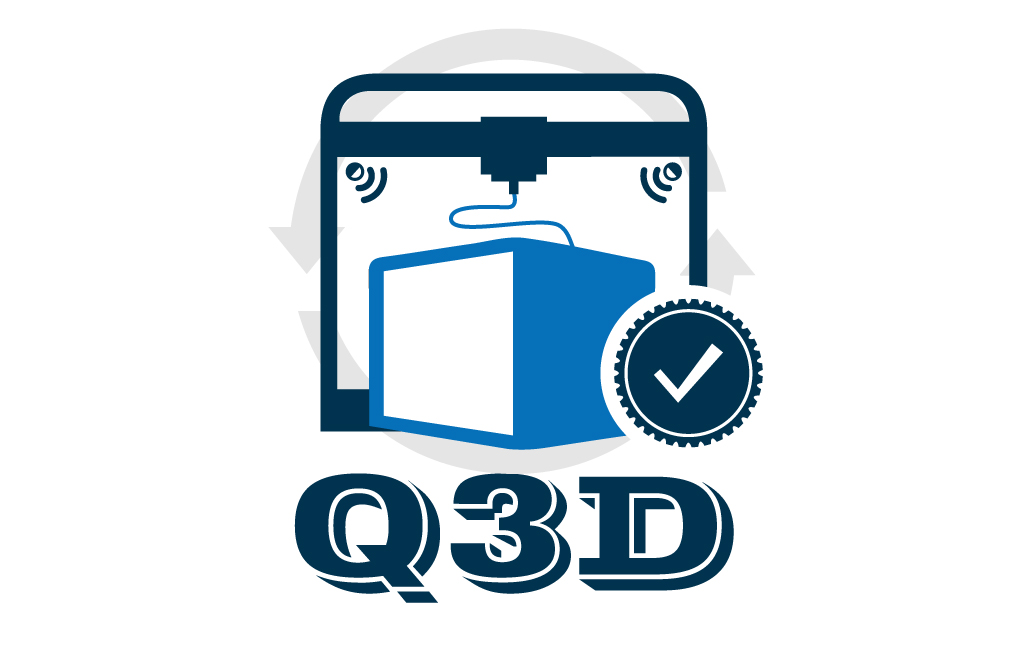The main objective of the Q3D project is summarized as follows: study, development and evaluation of the appropriate existing and innovative digital tools, for condition and product monitoring during the 3D printing procedure, in order to ensure the quality of the final 3D printed model. Essentially, the Q3D project will establish the pillars for multimodal data collection in real time, by analyzing and recording simultaneously as much information as possible regarding the 3D printing procedure. Furthermore, one of the most significant factors is the extensive investigation and utilization of non-invasive and destructive technological methods, that do not suspend or impede the regular operation of the 3D printing procedure. These objectives will be achieved by utilizing the existing technical know-how and the available infrastructures, while integrating pioneering technological methods through the collaboration of the partners of the CERTH, the Department of Computer Science & Engineering/ University of Ioannina, and the 3DLife company.
The general objectives of the project are the expansion of the existing know-how with regard to the parameters that affect the 3D printing process, the achievement of precise sequence of steps in order to optimize and extend the current infrastructures, while upgrading the technological equipment of the members of the consortium. The above will be achieved through the following processes:
- Investigation of the parameters and settings regarding the 3D printing process, in-depth study of non-invasive and destructive monitoring technologies of the procedure.
- Development of innovative collection and sharing methodologies of large-scale data, in order to monitor the 3D printing process in real-time, by taking into account as many parameters as possible.
- Integration of a sensor network (such as spectrometers, microscopic-scale profilometers, Raman spectroscopy, etc.) for monitoring the 3D printer’s operation, in order to detect microscopic imperfections (e.g. slit-flaws, holes etc.)
- Development of a platform for big data analysis in order to optimize the parameters of the 3D printing process, by combining heterogeneous data acquired from sensors for valid and reliable conclusion extraction.
- Development of rendering and reconstruction systems of 3D models, in order to compare them with the initial model, by utilizing a combination of data acquired by various measurement techniques such as orthophoto creation via high-precision cameras, depth camera, infrared camera, and microscope profilometer.
- Improvement of 3D printing services by ensuring the quality of the printable model in order to establish and enhance the validity and the reliability of the process results respectively.


